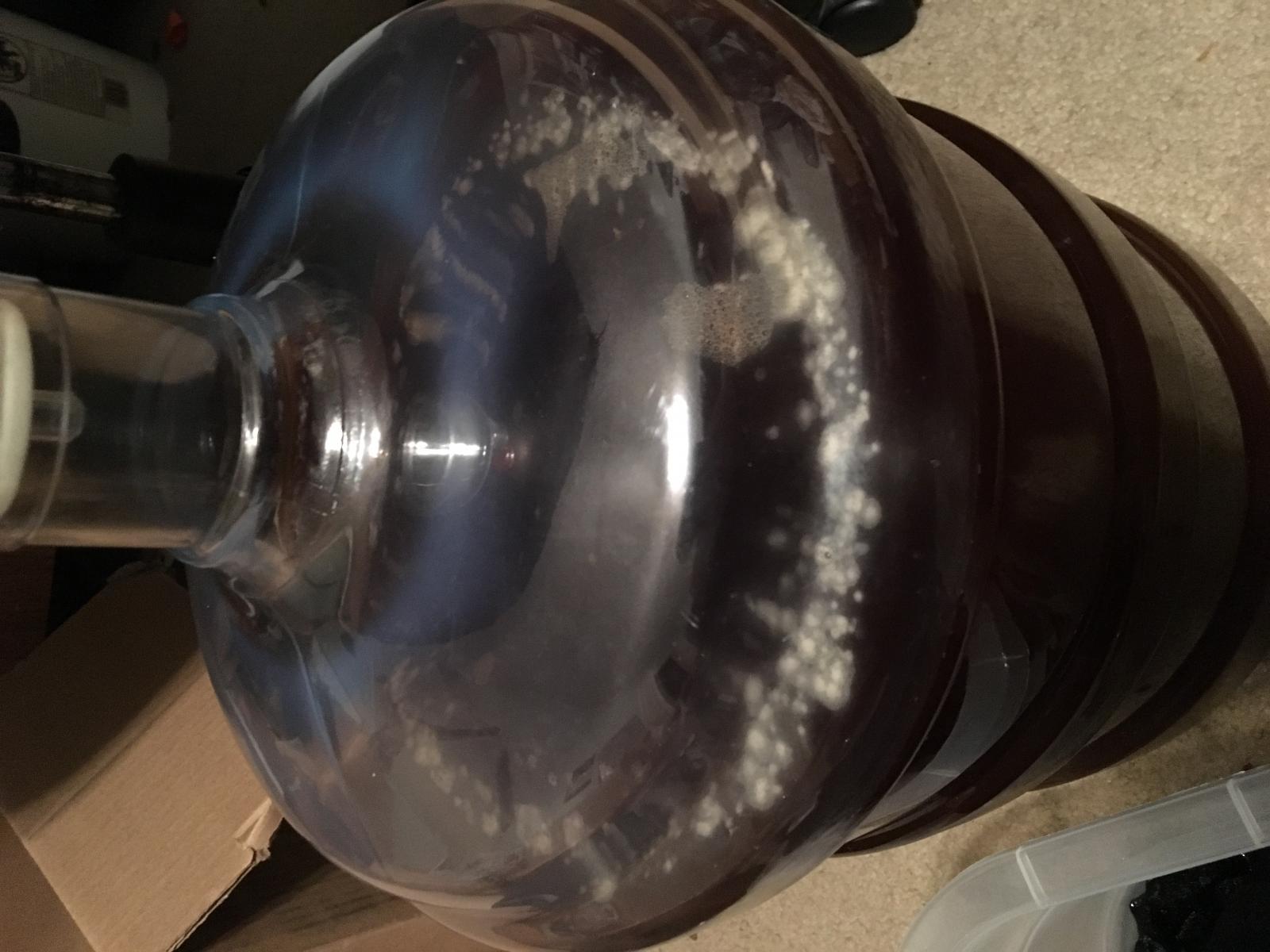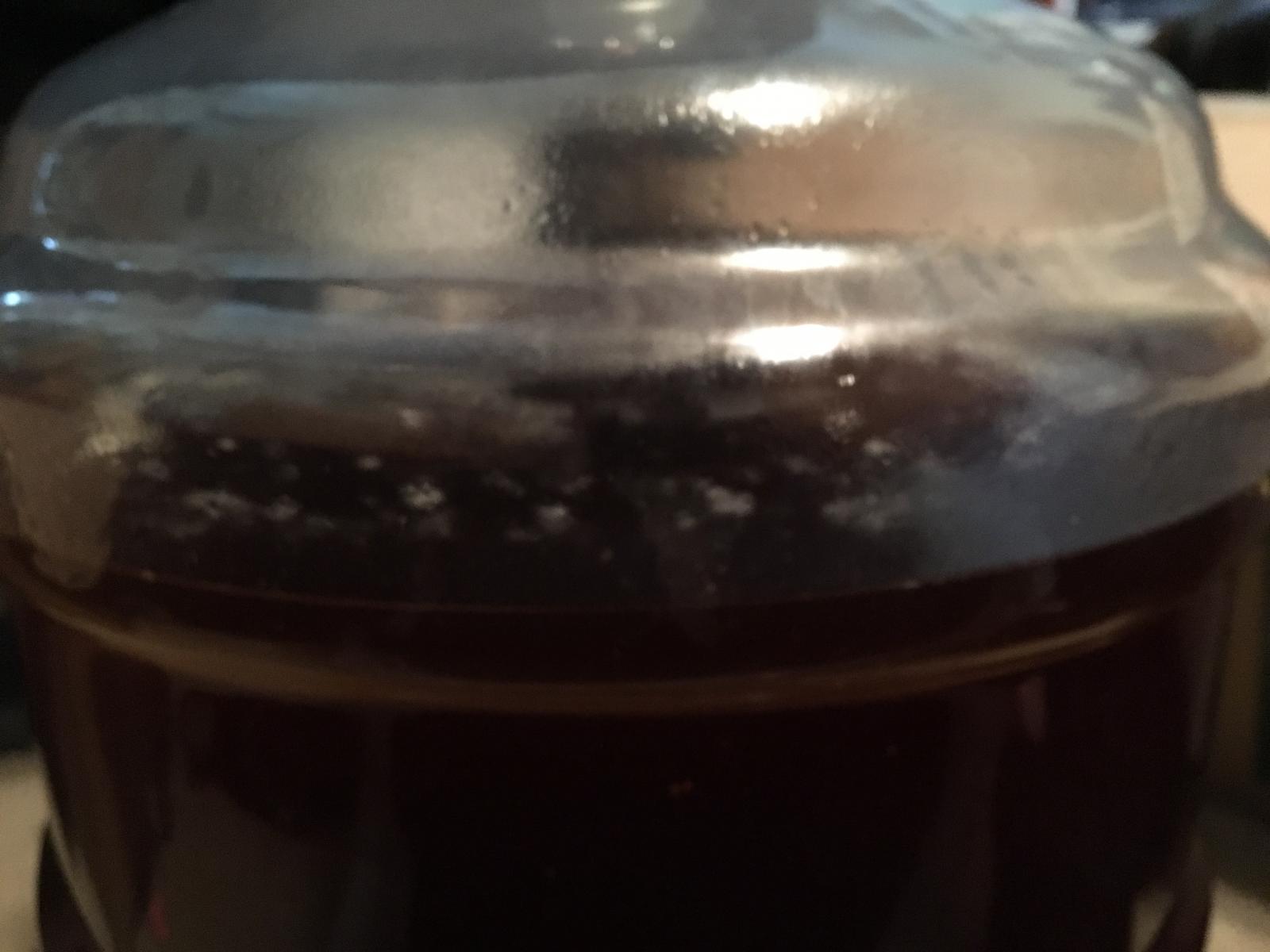Whatsgoodmiley
Well-Known Member
- Joined
- Sep 6, 2015
- Messages
- 223
- Reaction score
- 32
I racked this Irish red ale from primary and noticed a white sludge on the inside of the tubing I used (I sanitize my equipment before and after each use and I used it recently). I now have this growth.
Reasons I suspect it is an infection:
- airlock solution hadn't moved during the 5 days in primary.
- it looks weird
- tube sludge
Reasons I suspect it may not be infected (I'm grasping at straws, I know)
- it smelled fine before the growth
- it fermented to a good FG
- maybe it is starsan foam residue (transferred about 16-18 hrs ago)
Has anyone seen this? Does anyone have an idea what this is or why it has to happen to me?

Reasons I suspect it is an infection:
- airlock solution hadn't moved during the 5 days in primary.
- it looks weird
- tube sludge
Reasons I suspect it may not be infected (I'm grasping at straws, I know)
- it smelled fine before the growth
- it fermented to a good FG
- maybe it is starsan foam residue (transferred about 16-18 hrs ago)
Has anyone seen this? Does anyone have an idea what this is or why it has to happen to me?

Last edited:





















































![Craft A Brew - Safale S-04 Dry Yeast - Fermentis - English Ale Dry Yeast - For English and American Ales and Hard Apple Ciders - Ingredients for Home Brewing - Beer Making Supplies - [1 Pack]](https://m.media-amazon.com/images/I/41fVGNh6JfL._SL500_.jpg)





